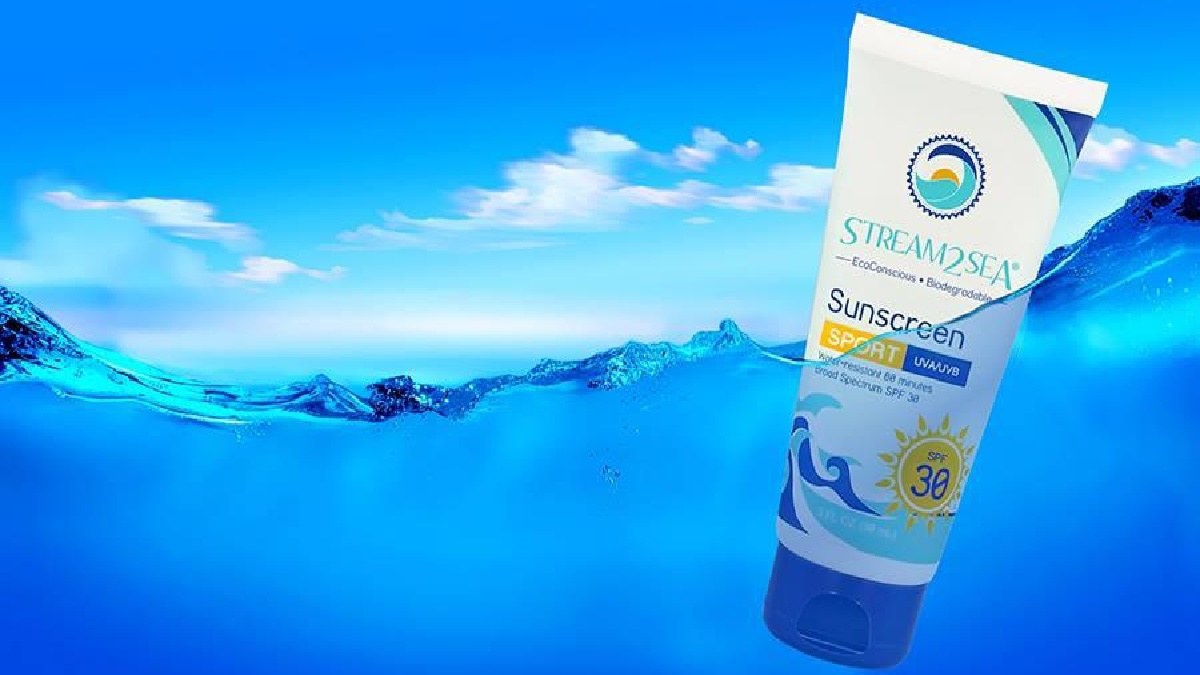
See the Haereticus Environmental Laboratory’s comprehensive list for all potentially harmful ingredients.


Try to avoid oxybenzone (the most common compound found in some 3,500 sunscreens worldwide), octinoxate (which is even more toxic than oxybenzone, but usually found in lower concentrations), and octocrylene. The active ingredients in chemical sunscreens tend to be the most problematic, says Downs, though preservatives, such as parabens, can also pose an environmental threat. “And once those reefs die, we’ve found they’re not coming back,” notes Downs. “It helped explain what we’re seeing in the wild.” Besides acting as an endocrine disruptor, oxybenzone can damage coral DNA and might lead to what Downs calls “reef zombies” or corals and other reef organisms that look “healthy but are actually sterile and dead-so they cannot reproduce.” Such UV-absorbing compounds can also contribute to coral bleaching, which occurs when the life-sustaining algae that normally lives on coral vanishes, due to changes in ocean temperatures, stress, or pollution. “We did studies under controlled conditions and we were horrified at what we found,” says Downs. A growing body of evidence indicates that those found in chemical sunscreens-specifically oxybenzone, among others-might be dangerous to wildlife. Since then, Downs has devoted his research efforts to pinpointing which ingredients pose a serious threat to marine life worldwide. “On a single day, about to 2,000 to 5,000 people visited the beach and when they left, the surface of the water would look like an oil spill-it had an iridescent sheen.” After pulling samples and testing for toxicity, Downs discovered that chemicals in sunscreen-generously slathered on by snorkelers, divers, and beachgoers-had washed off in the water and stood out “like a burning red flag.” “He told us, ‘It’s the tourists,’” says Downs. They were stumped until a local Rastafarian overheard their conversation and made a passing comment.

Specifically, “they wanted to know what was killing all the coral reefs.” Curious, Downs, who is the executive director of Haereticus Environmental Laboratory, flew down with a team of researchers to investigate the nearshore habitat. “They wanted to figure out what was happening to the bay around Trunk Bay in the U.S. In the spring of 2005, Craig Downs, Ph.D., a forensic ecotoxicologist in Virginia, received an unusual phone call from the National Park Service.


 0 kommentar(er)
0 kommentar(er)
